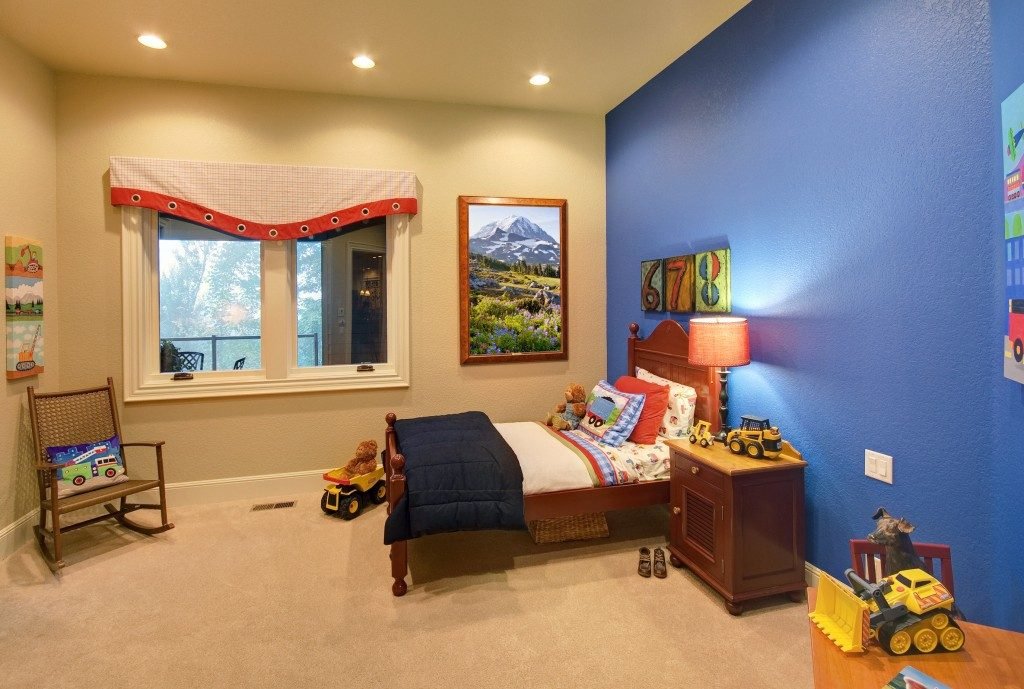When your toddlers are ready to sleep in a bed, you must give them the best, most comfortable sleeping experience by getting them the right bed. There would be an overwhelming number of choices in the market, so before you begin shopping, you should know which features to look for.
When you choose a bed for a toddler, note that their bodies require a different amount of care and support than what adults need. Reputable family bed supply shops in Kent and other areas offer a wide range of bed selections where you can surely find one that your child would love.
That said, let’s determine what should we look for in a children’s bed.
Mattress Size
A twin-sized bed would be your cheapest choice, and this is practical if you only have one toddler. If you have more, buying a bigger mattress is more economical than buying multiple twin beds. A twin XL may not be the best option unless you have another younger child who can use the bed after another toddler of yours has outgrown it.
Try a full-sized bed instead. With its 54 x 75 inches dimension, your toddler will have a lot of room to move around. The huge bed can obviously accommodate more than one sleeper, so you can either sleep with your toddler or have another one of your kids use the bed, too.
Mattress Type
An innerspring mattress is recommended because it provides optimal skeletal support and is not degraded with moisture. Foam mattresses, like latex and memory foam, take on the shape of the sleeper’s body over time, and this feature may not be suitable for young children because of their constantly changing bodies.
Spinal support is crucial, and an innerspring mattress allows more natural development of the child’s spine. The balance between softness and firmness of an innerspring mattress keeps the spine from being stressed and pressured, which may happen with an overly soft foam bed.
Choosing a spring mattress with hypoallergenic features is preferable, especially if the child has sensitive skin. Go for mattresses that are chemical-free so that allergens will not be triggered and irritate the skin of your little one.

Bed Type
A toddler bed, the one with frames on either side to stop children from falling over, may seem to be the best option at first, but it turns out to be a waste of money. This is because toddlers grow rapidly, meaning they’d only outgrow this bed just as quickly. Bunk beds are also not recommended because of active kids who may hurt themselves from falling or jumping.
Ultimate Comfort
Sleep deprivation in kids could cause a number of mood and behavioral problems, such as frequent display of tantrums, difficulty waking up, hyperactivity, clumsiness, and extreme talkativeness. That is why it’s important to get them a bed where they’ll be extra comfortable. Consider the mattress’ breathability; there should be enough airflow allowed so that hot sleepers won’t suffer sweaty and uncomfortable nights.
There are also mattresses that resist dust-mites, so take this into consideration as well. Another considerable feature is moisture absorbency; a toddler may sweat a lot during slumber, so in that case, getting them a mattress that stays dry is key to sparing them from any feelings of sleep discomfort.
Now that you’re guided on how to choose the right bed for your toddler, your bed-shopping can be fairly easier. Keep all of these things in mind as you search among a tremendous amount of options. With your child’s comfort and growth as your priority, you’d be sure to find only the best.

